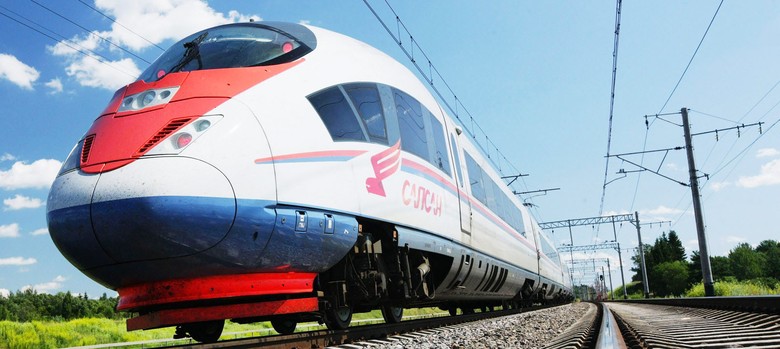
Being a supporter of HSR, I cannot dismiss as a vanity project or white elephant the agreement signed last week between Narendra Modi and the visiting Shinzo Abe that foresees bullet trains shuttling between Ahmedabad and Bombay on freshly laid high speed tracks in about a decade. If I had to choose the ideal HSR link in India, it would be the one chosen by the National Democratic Alliance administration, or an extension of it: an Ahmedabad-Poona link with stops at Baroda, Surat and Bombay, connecting millions of potential travellers in some of the nation’s most affluent cities.
This is mainly a gut feeling, and my gut feelings are often way off base. If you had predicted when Tata Motors bought JLR that the company would sell more Jaguars than Nanos in 2015, I’d have bet my house against you, and ended up homeless. However, since the government offers little information to help citizens make informed estimates of demand for bullet train services, gut feelings are all we have to go by. Or almost all. There’s the stunning success of HSR in China to consider. By the time the first Shinkansens start running between Ahmedabad and Bombay, India’s per capita income will be somewhere in the range of China’s when high speed rail commenced there, making the example relevant.
Under fire
The Modi-Abe pact drew fire before the ink had dried on it. Writing for Scroll, Shoaib Daniyal contrasted the high cost of the plan with relatively low central government outlays on schools, health and rail safety. Daniyal’s comparisons were unfair for two reasons. First, central spending on sectors like education and health care is augmented by state and municipal corporation budgets. Second, as Vivek Kaul pointed out in a defence of the project in theHuffington Post, the estimated cost of the HSR rollout is spread over seven years, and ought not to be compared with a single year’s budget for any service.
However, Kaul himself over-reached when he wrote, “Japan has offered a loan more than Rs 79,000 crore to be repaid over 50 years at an interest rate of 0.1% per year [Yes, you read that right!]. Further, the loan comes with a 15-year moratorium … Once India starts repaying the loan, it would have to pay an EMI of Rs 135 crore per month. In fact, the interest is so low that the total repayment over 50 years will amount to just Rs 81,000 crore. This means an interest component of Rs 2000 crore over fifty years. The government of India can clearly afford this.”
This calculation fails to take into account the fact that the loan is yen-denominated, which means any depreciation of the rupee will make repayment costlier. Back in 2013, Indian companies faced a debt crisis when the rupee sank against the dollar, making their low-interest, dollar-denominated loans prohibitively expensive almost overnight. It was the moment when the mood of Indian industry shifted decisively in favour of the Bharatiya Janata Party against the then ruling United Progressive Alliance. Of course, the rupee could appreciate against the yen in the future, making yen denominated loans easy to pay. But history is not on the rupee’s side. I had a coin collection as a kid, and used to calculate its value weekly by consulting foreign exchange rates published in India Today. As I recall, one rupee bought about 25 Japanese yen at that time. Today a rupee buys less than two yen.
The Bank of Japan has held interest rates at zero for years, allowing the government to offer cheap loans to nations like India, but there’s another wrinkle in cost estimates that the Japanese must have taken into account. When construction of the Gujarat-Maharashtra link begins, other states are bound to start pressing for similar investments. Once locked into the Shinkansen system, India will then have to lay tracks and purchase trainsets from the Japanese without subsidy. We might also end upbuilding unviable routes because of political pressure.
The central question is how quickly we actualise plans that are currently on paper. China began constructing the Beijing–Shanghai high-speed railway line in April 2008, completed track laying in November 2010, and kicked off the commercial service in June 2011. India obviously cannot achieve comparable momentum, but having bitten the bullet train bullet, our ability to fast track the fast track will be the most important signal of high-speed rail’s ultimate success or failure in the country. And who knows, the sight of sleek bullet trains next to shabby locomotives might shame us into upgrading the rest of our rail infrastructure.



